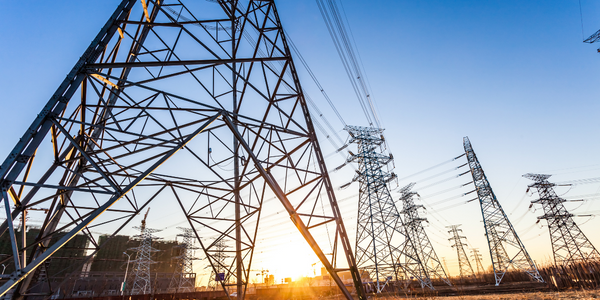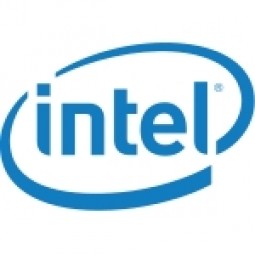SAS® Analytics for IoT: Smart Grid

- Actuators - Electrical Actuators
- Analytics & Modeling - Predictive Analytics
- Functional Applications - Remote Monitoring & Control Systems
- Networks & Connectivity - Gateways
- Sensors - Utility Meters
- Electrical Grids
- Business Operation
- Asset Health Management (AHM)
Companies face falling revenues, rising infrastructure costs, and increasing risk of outages caused by inconsistent energy production from renewable sources. Less money is coming in as more people and organizations take steps to curb their energy use. Utilities are paying more to maintain and build infrastructure due to increasing complexity, resulting from the rising number of intermittent and variable renewable energy sources connected in the distribution grid.
The substation contains equipment that can be monitored by sensors and controlled by actuators. In order to have these sensors and actuators communicate with back office systems, they can connect to a gateway that performs a variety of functions. The gateway can also work in collaboration with mobile computers or process control networks. Data is transmitted between substations and the back office over wired or wireless networks. In the back office, a second gateway is the conduit to the applications, such as consumption monitoring, predictive maintenance, and data analytics running on servers in the data center.
Related Case Studies.











